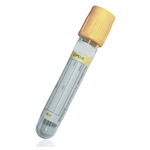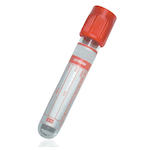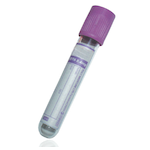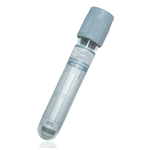Biochemistry
Referred Work (107)
Blood Sciences - Biochemistry referred work. These tests are available via the standard electronic and paper request cards. Site specific processing will be detailed in the test information.
These tests are referred to other laboratories for analysis.
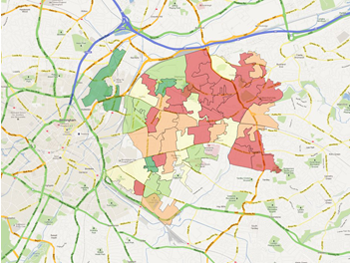
Solihull Biochemistry Laboratory (2)
Solihull Blood Sciences - Biochemistry - Test menu. These tests are available routinely on the Solihull Hospital site and/or may required site specific sample processing.
All other biochemistry tests are available, but site specific processing may be required. This section details those tests
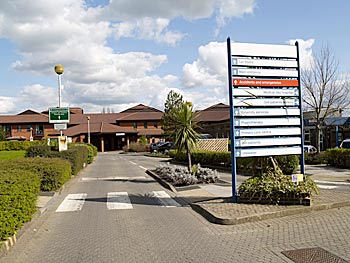
Heartlands Biochemistry Laboratory (26)
Heartlands Blood Sciences - Biochemistry - Test menu. These tests are available routinely on the Heartlands site and/or may required site specific sample processing.
All other biochemistry tests are available, but site specific processing may be required. This section details those tests
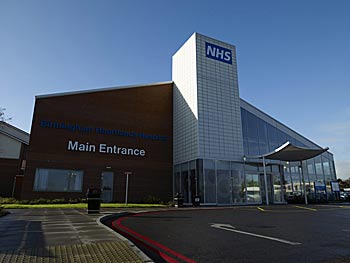
Good Hope Biochemistry Laboratory (2)
Good Hope Blood Sciences - Biochemistry - Test menu. These tests are available routinely on the Good Hope site and/or may required site specific sample processing.
All other biochemistry tests are available, but site specific processing may be required. This section details those tests

